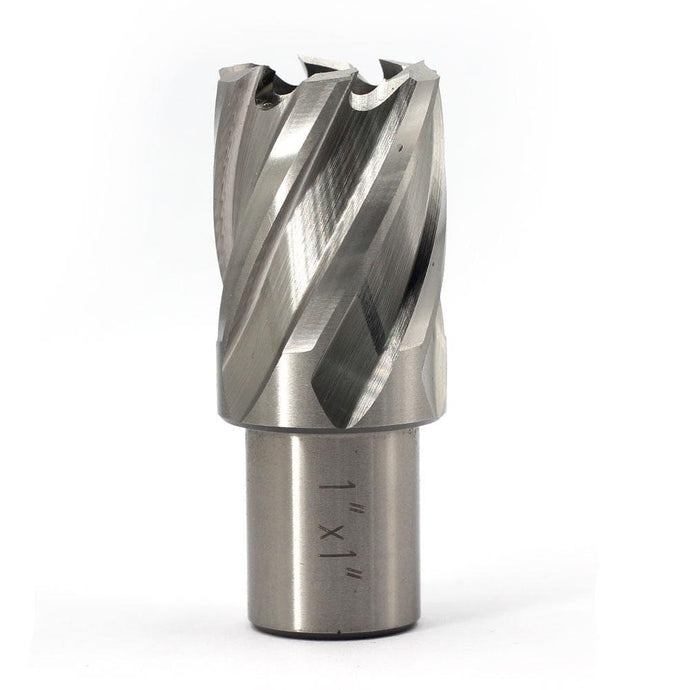- Home
- /
- What Is The Difference Between a Hole Saw And An Annular Cutter?
What Is The Difference Between a Hole Saw And An Annular Cutter?
Drilling Deep: Understanding the Differences Between Hole Saws and Annular Cutters
When it comes to cutting holes in various materials, two popular tools often come into play: hole saws and annular cutters. While both are designed to create circular openings, they serve distinct purposes and operate using different mechanisms. Understanding the differences between these tools can help users choose the right one for their specific projects, ensuring efficiency and precision in their work.
Hole saws, widely used in woodworking, metalworking, and construction, are cylindrical cutting tools with serrated edges. They attach to a drill and function similarly to a saw, cutting through materials like wood, plastic, and metal. Hole saws come in various sizes and are typically used for creating larger holes, such as those needed for pipes, electrical wiring, or ventilation systems. The design consists of a hollow cylinder with teeth along the edge, which allows the tool to cut a circular piece of material, known as a plug, from the workpiece.
The process of using a hole saw is straightforward. When the drill is engaged, the saw spins and gradually removes material, creating a hole as it advances. The depth of the hole is limited to the length of the saw itself, typically ranging from one to three inches, depending on the specific model. While hole saws can be highly effective, they do have some limitations. The cutting action can generate significant heat, which may lead to reduced performance and a shorter lifespan if not properly managed. Additionally, the plug created can become trapped inside the saw, requiring extra effort to remove.
In contrast, annular cutters are specialized tools primarily used in metalworking for creating precise holes in thicker materials. Unlike hole saws, annular cutters are not fully cylindrical; they feature a hollow design with a series of cutting teeth that only extend around the perimeter, leaving a solid center. This design allows annular cutters to cut out a ring of material while leaving a core piece intact, significantly reducing the amount of waste generated. This is particularly advantageous in applications where precision and efficiency are paramount.
Annular cutters operate differently from hole saws. When used with a magnetic drill or other specialized equipment, they drill through materials by removing the outer ring while leaving the center material untouched. This method results in smoother edges and cleaner cuts, reducing the need for secondary finishing processes. Additionally, because annular cutters remove less material overall, they are often more efficient and can extend the tool's lifespan.
One of the key advantages of annular cutters is their ability to handle thicker materials, making them ideal for industrial applications. They excel in cutting through steel, aluminum, and other metals that are typically more challenging for standard hole saws. The precision of annular cutters ensures that holes are consistently accurate in diameter and depth, which is essential in many engineering and manufacturing processes.
Another notable difference between the two tools is the type of drill required. Hole saws can be used with standard drills, making them accessible for various users, including DIY enthusiasts. Annular cutters, however, generally require specialized magnetic drills or equipment designed to handle their unique cutting action, limiting their use primarily to professional environments or industrial applications.
Cost is another factor to consider when comparing these tools. Hole saws are typically more affordable and readily available in a wide range of sizes, making them a practical choice for everyday tasks. Annular cutters, on the other hand, tend to be more expensive due to their specialized design and construction materials. However, for users who require precision and durability in metalworking, the investment can be well worth it.
In summary, the choice between a hole saw and an annular cutter ultimately depends on the specific requirements of a project. Hole saws are versatile, easy to use, and suitable for various materials, making them a go-to for general drilling tasks. They are ideal for lighter applications where speed and convenience are paramount. Conversely, annular cutters shine in heavy-duty metalworking scenarios where precision and clean cuts are essential. By understanding the differences in design, application, and performance, users can select the right tool for their needs, ensuring successful outcomes in their drilling endeavors.
